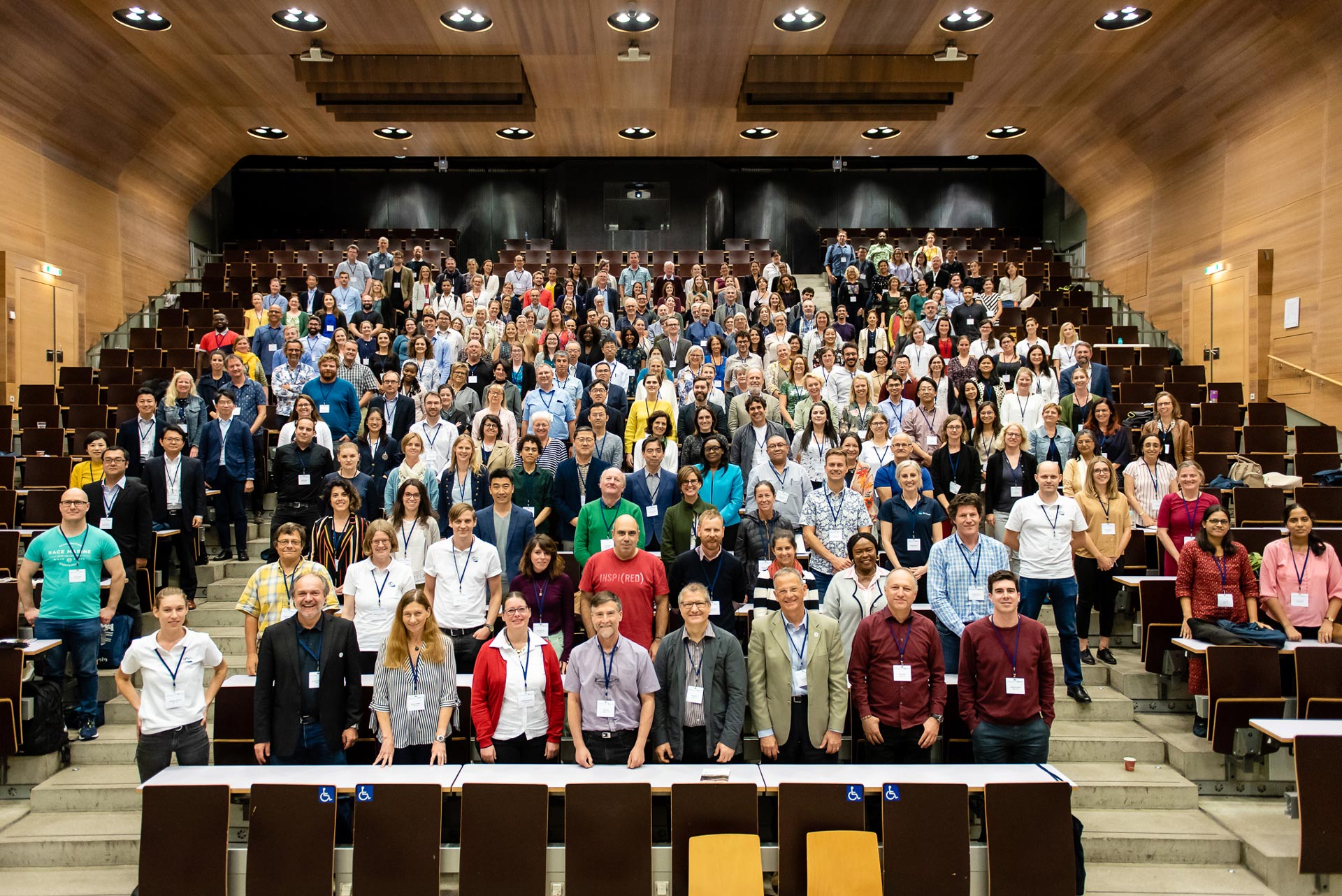We would like to cordially invite you to contribute to the Water Reuse & Health-Related Water Microibiology webinar “Recent Progress toward Microbiological Safety in Potable Reuse,” which will be held on July 27th, 2022.
Please check the following call for contributions and application from. The deadline of application form submission is May 31st.
Call for Contributions
WR&HRWM_WEBINAR2022_Call for contribution
Application form
WR&HRWMWebinar2022_Submission-Form

Recent Comments